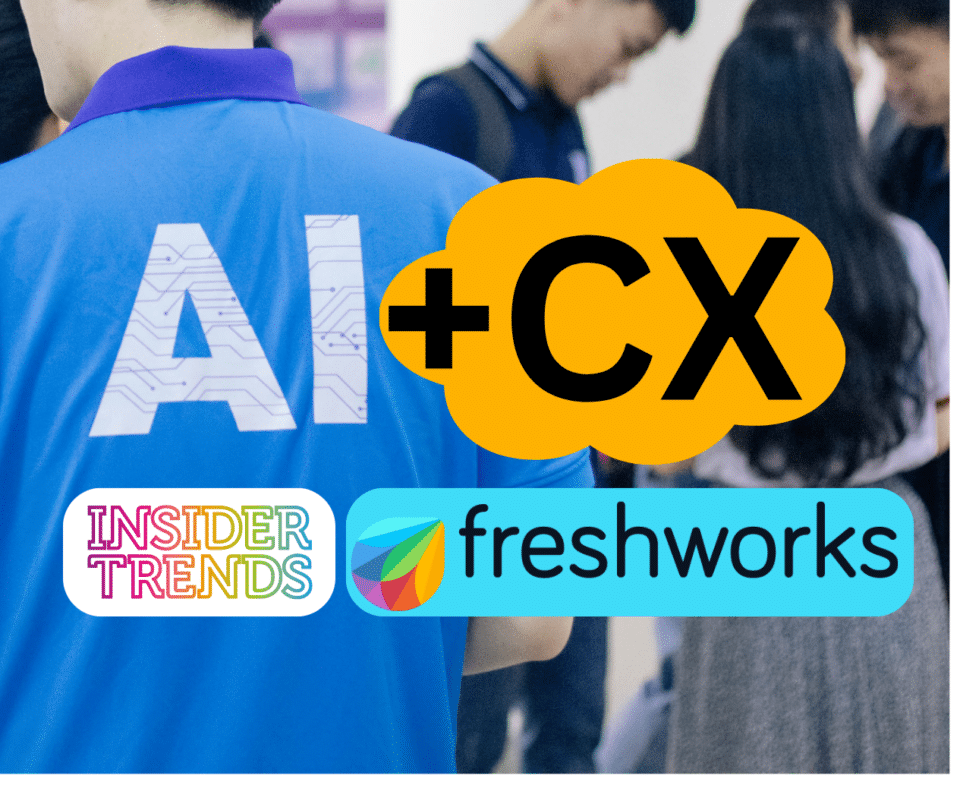The complete guide to AI in retail
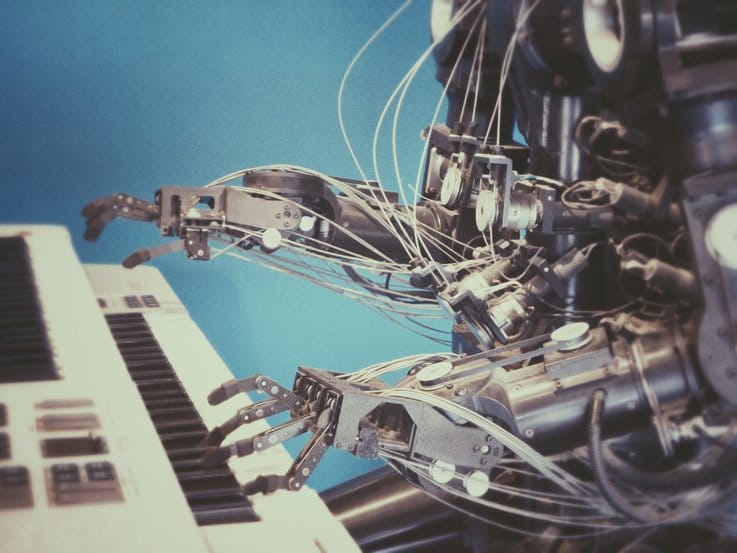
Artificial intelligence. AI. The stuff of sci-fi right? Well if sci-fi is about speculating what might be, then it could very well be right about AI (except hopefully for any terrible consequences). Because machines are getting super smart and that means big things for us all.
But what is it? Artificial intelligence or machine intelligence essentially refers to machines that can mimic thinking that we associate with humans. This includes the ability to learn from its experiences, to process large amounts of data to solve problems, make decisions or even predictions, and to understand and respond to natural language.
It’s already happening and Google’s recent I/O 18 conference showed just how amazing some of the advances have been. This includes the mindboggling demonstration of its new Google Assistant which managed to hold a true, and realistic, conversation with a human to make a booking. The person at the other end of the phone had no idea they were talking to a machine – it’s that good.
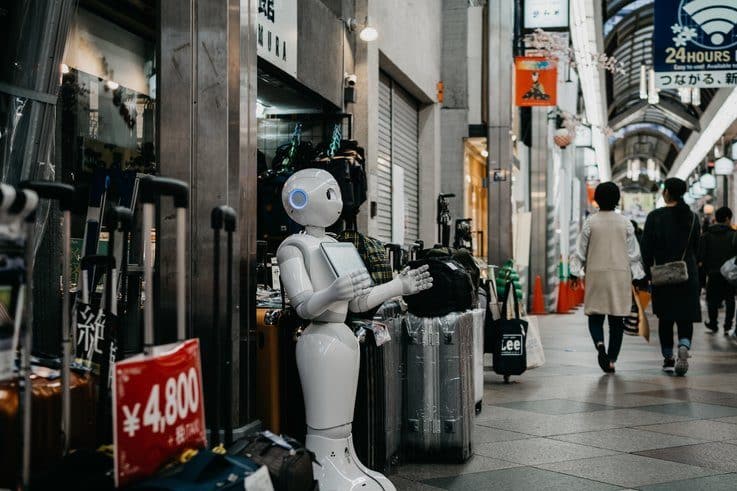
What is AI used for?
At this point we have to say that a lot of what we currently think of as AI is actually quite a weak version of it. Voice assistants like Siri and Alexa are a good example of this. They give the perception of intelligence but they actually perform a narrow pre-defined range of tasks. They don’t have true intelligence, they have specific functions with no ability to truly think outside those.
Genuine AI is a machine smart enough to work like a human brain. It’s not restricted in the same way as ‘weak AI’. At the very least we would expect it to be able to use reason, make plans, learn, communicate in natural language and have knowledge, and to use these abilities in various combinations.
With that in mind, it’s easy to see why we’re not there yet. For now weak AI still seems pretty smart to us. It’s powering robots, chatbots, product recommendations, demand prediction, self-driving cars, inventory management and so much more. It’s possible to use this level of AI to improve existing products and services.
How is it impacting retail?
Right now, the biggest way that AI is being seen in retail is via self-learning algorithms. Each algorithm usually has a single, specific purpose, such as recommending the best products for each customer, and processes massive amounts of data to do so. It can then learn from the outcomes and responses to this and hone the algorithm for a better experience next time. And the next time. And the next time.
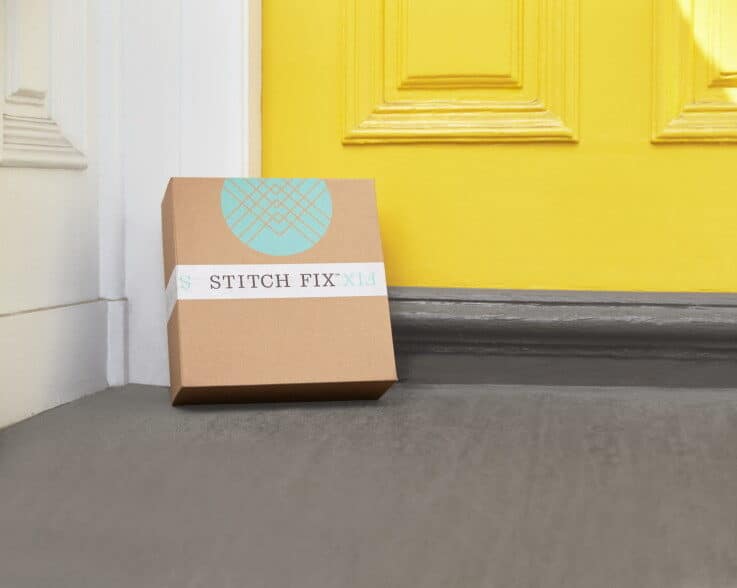
Personalisation
One of the great retail applications for AI is personalisation. We all talk about it. Apparently, customers want it. The reality is that no human employee has access (yet) to every possible bit of data on a customer. We may know what they bought in-store, but not what they bought or looked at online. Or we may not know which posts they liked on social media or what they added to their Pinterest board. Even if a human could access all of this customer information they couldn’t pull it together and analyse it fast enough to offer an on-the-spot recommendation. But AI can.
AI algorithms can make sense of all the data that retailers have been collecting on their customers. They can understand what the customer does, learn about their behaviour and come up with actionable insights on them as an individual. AI can even determine the best ways to contact your customer, from email to social media, to get them to transact.
Subscription service companies like StitchFix use a lot of AI to match their customers’ personal style and lifestyle with the clothing suggestions they make. After all if they don’t get it right the customer doesn’t buy. Not only is the AI helping make the recommendations in the first place, but it also learns from what the customer doesn’t buy to keep tailoring the suggestions to them.
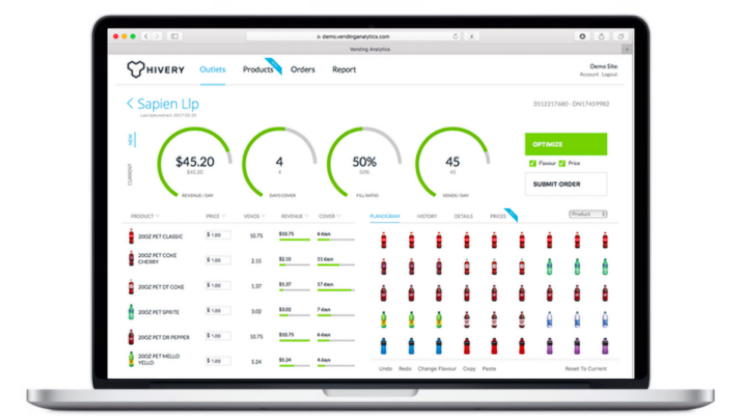
Predictions
The impact of AI in retail will also be strongly felt in the supply chain. Algorithms can learn from shopper habits and sales to help predict what customers will want in the future and therefore better manage inventory. Hivery is one company using AI in this way to optimise product offerings in vending machines. Its algorithms learn from all of the historical data of the machine fleet, plus the unique qualities of each individual machine, to recommend the best mix of products. This can be different for every machine. Perhaps the retail stores of the future will adopt the same model.
There are other ways that AI can help retail predict what is coming next. Last year good old Amazon developed a new AI system designed to help predict new fashion trends in advance. It does this by analysing social media posts to see what is fashionable. On the one hand this knowledge could help Amazon put more fashionable fashion front-and-centre on its site – and therefore capture trend-focused customers. But with Amazon also running a number of private label fashion brands this data could be very valuable for helping it focus its designs to be ahead of upcoming trends.
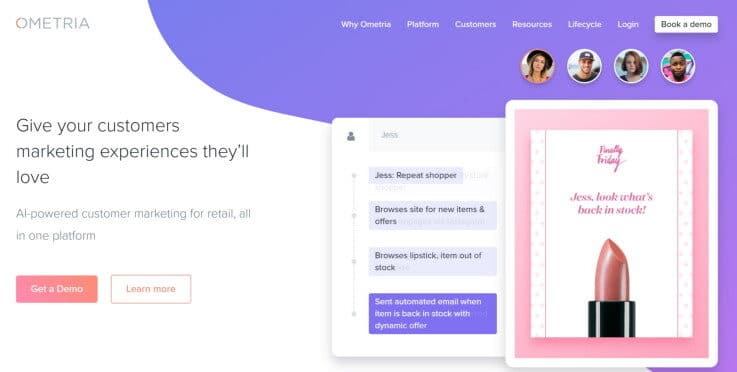
Communications
AI is also being used to improve marketing and communications. In the future AI will hopefully help do away with generic and un-targeted marketing efforts – to the relief of everyone. Ometria is one company making strides in that area now by combining AI power, customer data and marketing data to create super-personalised marketing messages. There’s also lots of companies exploring how AI can be used to target marketing at customers in the street, whether via location-triggered push notifications to an app or smart billboards.
It’s also helped to create new communication channels. Chief among this is the rise in voice-enabled assistants like Apple’s Siri and Amazon’s Alexa. While these may seem like the closest approximation of ‘sci-fi’ tech in the home at present, they’re still weak AI in that they are programmed to deliver the services that they do. These include finding out information, delivering reminders, triggering actions, but will keep expanding along with the tech. We’re already seeing ways for people to buy via voice being explored.
Everyone from eBay to H&M to Levi’s has, or has experimented with, chatbot technology. These programmes are able to hold a conversation with a customer via text or audio. They’re used to place orders, make product recommendations and more. The AI means that customers can ‘talk’ to a brand at the time of their choosing, via the messaging services they already use – something that would be more difficult to do at mass-scale using human staff.
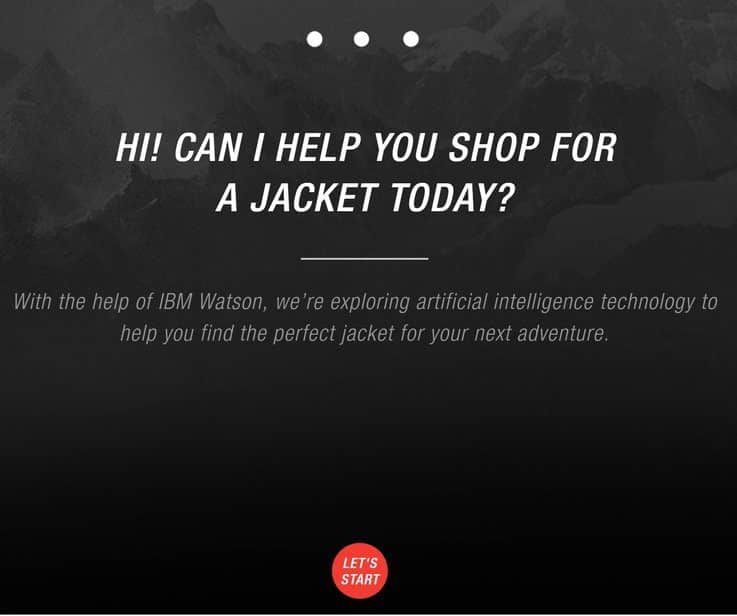
Image credit: North Face
Who is using it?
Lots of brands are getting into bed with AI. Alongside those mentioned above, is Italian lingerie company Cosabella. It has employed the services of AI firm Sentient to improve the conversion rates on its website. It does this by changing small elements of the website, such as the colour of a button, in real-time based on what it thinks a specific shopper will respond to. Cosabella reports that it can do six months’ worth of testing in just 30 days using the tech. Plus, it’s boosted sales by 35.6%.
Skincare brand Olay is helping personalise product recommendations using an AI-powered online consultation platform. The Olay Skin Advisor asks customers to take or upload a selfie and then analyses the image to highlight that customer’s specific problem areas. Of course, it then tells them which products they should use to tackle them.
North Face is one of a number of companies using IBM’s Watson AI to improve its business. It uses Watson to help recommend the best coat for a customer. When visiting the website the customer is asked to answer some questions about what they’re looking for, such as where they will wear the coat. The algorithm then uses this to suggest the best product match. What’s most interesting about it is that customers actually type their answers in rather than selecting from a pre-made list of options. This shows a level of sophistication that we imagine will become more and more prevalent.
It’s not specifically retail, but another way Watson has been used is to make an impact in fashion. In 2016 IBM worked with designers Marchesa to create a dress for the Met Gala. The system looked at 200 images of Marchesa dresses to determine the best colour and material for the design. The dress also incorporated LEDs which enabled it to light up in different colours in real-time based on what was being said on Twitter. It’s a glimpse at how AI might impact fashion and design in the future.
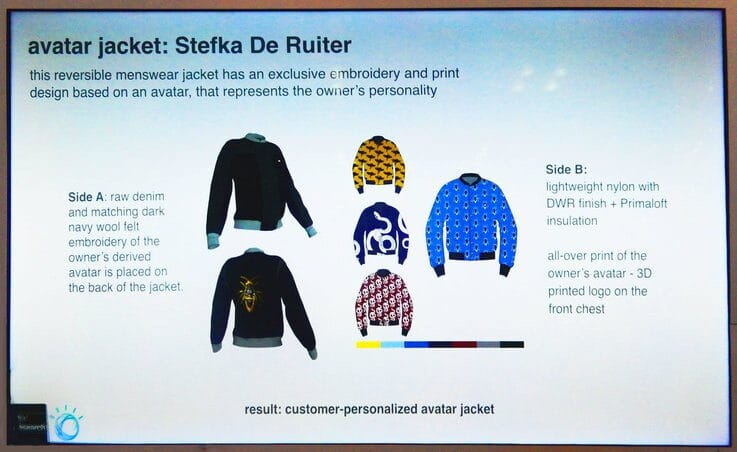
Another good look at this is Tommy Hilfiger’s recent project with IBM and The Fashion Institute of Technology (FIT). Reimagine Retail gave FIT students access to IBM’s AI to analyses hundreds of thousands of runway images, fabric patterns and Tommy Hilfiger’s products. They then used these insights to create new designers, including jackets with avatars based on customers’ Twitter feeds and colour-changing fabric panels.
Last year AI helped industry giant Alibaba achieve a record $25 billion of sales on its annual Singles’ Day event in November. FashionAI can recognise hundreds of millions of items of clothing, as well as understand the tastes of Alibaba’s online shoppers to deliver product recommendations. The tech appears in stores via an interactive touchscreen that can recognise which products the customer is holding and recommend items to go with them. What’s great is that it can be tailored to each store, so it only shows products that they carry. This level of recommendation is offering a new type of personal shopping service – whether online or in-store.
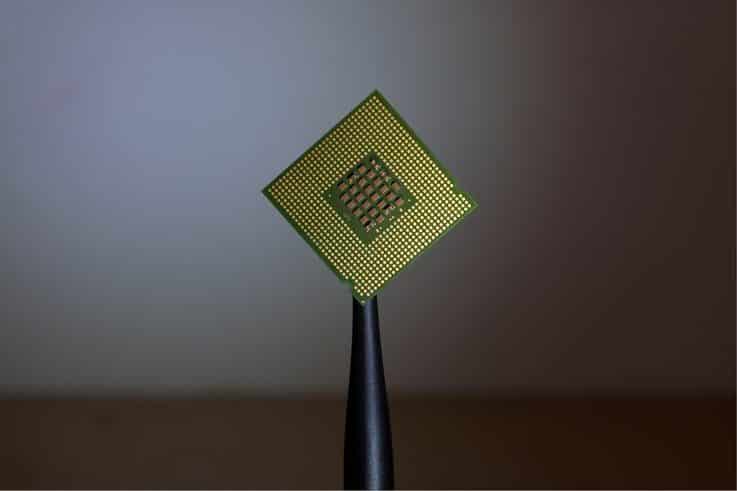
Where does the future lie?
AI is very much a part of the future retail mix, both in-store and online, as well as our lives in general. Even the weak AI we have currently is able to offer huge benefits to shoppers and retailers alike. Pretty much any retailer or brand can benefit from it – if there’s a range of products for customers to choose from then AI can help them to make the right choices for them.
It’s also letting customers and brands get closer together through new communication channels, and a sense of greater understanding. The customer doesn’t know what is happening behind the scenes. They just know that their favourite brand recommended them a product based on what’s already in their wardrobe, or sent them a special coupon because they’ve been looking for new coats, or didn’t try to flog them high heels because they only wear flats.
Good AI is about not seeing the turning pieces of the machine. It’s about giving the sense of having a really personal, natural, real interaction with a brand – akin to dealing with a human who knows everything about you. That’s the most exciting thing about AI in retail. However it’s being applied, it’s about making better experiences for customers without this obvious layer of tech between them and the brand. And the smarter it gets the more like magic it becomes.
Want more? Check-out 50 more great examples of AI in retail. Watch this space for more interviews, retail openings and retail innovations. You can also follow us on Twitter, Facebook or check out our LinkedIn page. See you soon!



